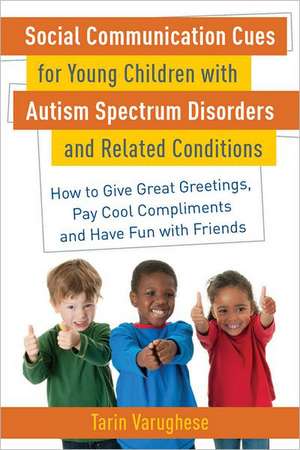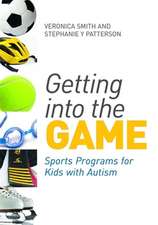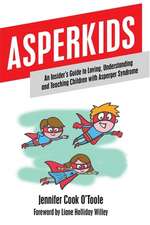Social Communication Cues for Young Children with Autism Spectrum Disorders and Related Conditions: How to Give Great Greetings, Pay Cool Compliments
Autor Tarin Varugheseen Limba Engleză Paperback – 30 iun 2011
Preț: 105.44 lei
Preț vechi: 128.75 lei
-18% Nou
20.18€ • 21.12$ • 16.73£
Carte disponibilă
Livrare economică 20 martie-03 aprilie
Specificații
ISBN-10: 1849058709
Pagini: 143
Dimensiuni: 140 x 215 x 10 mm
Greutate: 0.18 kg
Editura: Jessica Kingsley Publishers Ltd
Notă biografică
Tarin Varughese is a speech-language pathologist and strong proponent of early intervention. She holds a Master's Degree in Communicative Disorders from the University of the Pacific in Northern California. She has worked with children for going on 20 years. For the last 12 years she has focused her attention on helping children with Autism Spectrum Disorders and Sensory Processing Disorders to improve their communication abilities and develop improved social skills. Tarin lives in Davis, California, with her husband and two sons.
Descriere
Children need effective communication skills as a foundation for successful participation in activities at home, school and in the community. Children with Autism Spectrum Disorders are often unable to learn social skills from environmental cues and require direct teaching and lots of practice.
This collection of social communication cues will enable parents and professionals to help children with social development difficulties navigate their social world and enjoy interacting with their peers. Each section begins with a simple social rule; the reason why the child may be having difficulty in this area is explained; and easy communication prompts and practice ideas are provided. The younger these skills are practiced, the happier and more self-confident the child. This program is ideal for early intervention as it can be used with children aged 2 and up.
This practical guide will be an essential resource for parents, teachers, speech-language pathologists, psychologists and therapists looking for a simple program for teaching social skills to young children with Autism Spectrum Disorders.









